Many people only schedule air conditioning repair when their system completely stops working. However, the truth is your air conditioner will often give warning signs before a complete breakdown that results in new AC installation. Noticing early problems and calling the experts at The Frazier Company to address issues early can spare you the hassle and expense of a full AC system breakdown. More importantly, it can stop you from having to endure the discomfort of having your AC fail on a hot day.
When you call us, our team of skilled HVAC technicians will pinpoint what’s wrong, resolve the issue and get your system running again. We have a proven track record in the community and provide reliable, budget-friendly AC service for our community.
Why hold off until your cooling system stops working? Skip all that hassle by calling today to schedule AC repair in Omaha, NE, from The Frazier Company.
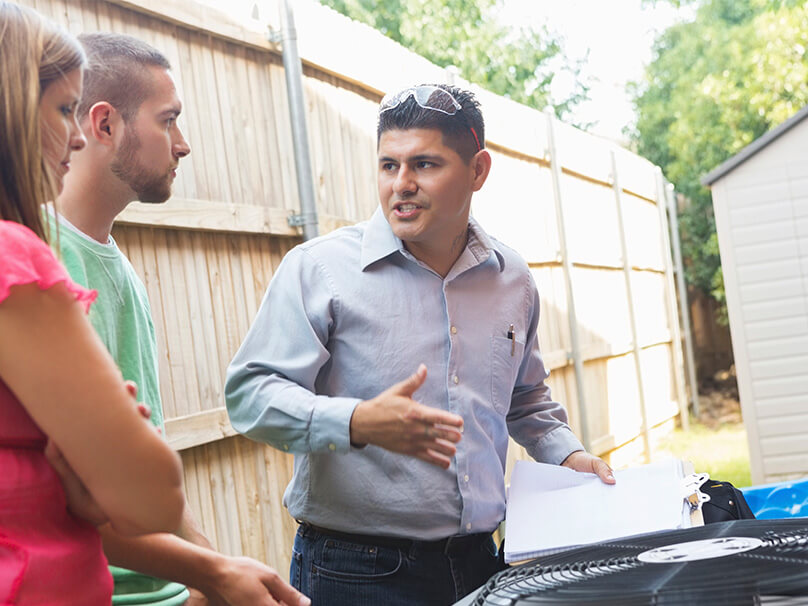
How to Know if You Need AC Repair
Wondering if your air conditioner needs repair? From unusual smells to warm air coming from the vents, there are many clues that your cooling system has a problem and needs diagnosis and repair.
Here are some warning signs that trouble may be around the corner and it’s time to call an HVAC technician from The Frazier Company:
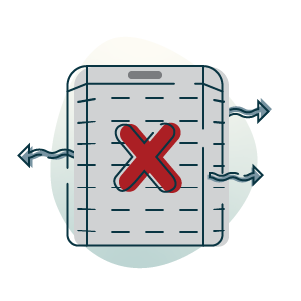
AC is blowing hot air
If hot air is coming from your AC unit instead of cool air, or if the air isn’t as cool as it should be, it’s a wise decision to call us for professional cooling service.
AC keeps turning on and off
If your AC system starts and stops instead of running consistently, it could be a warning of potential issues and should be evaluated by one of our certified HVAC technicians.
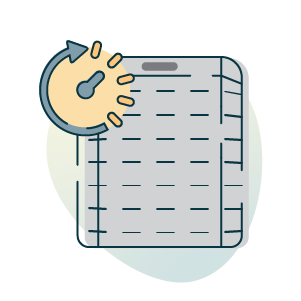
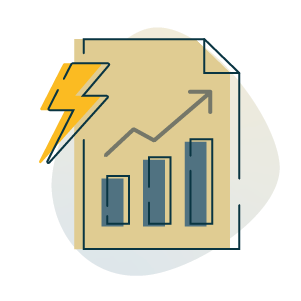
Monthly utility bills spike for what seems like no reason
A sudden spike in your energy usage can be a signal your AC unit is not running efficiently, which means it uses more energy to maintain a comfortable indoor temperature and needs AC maintenance or repair.
Odd smells are coming from your air conditioning
Air conditioners aren’t supposed to smell. Weird smells coming from your air conditioner should be checked by an expert, as they can be a sign of problems like mold, mildew or even electrical issues.
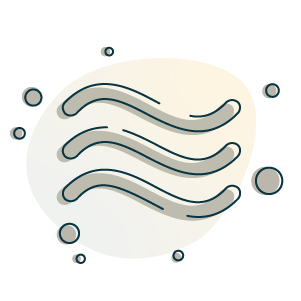
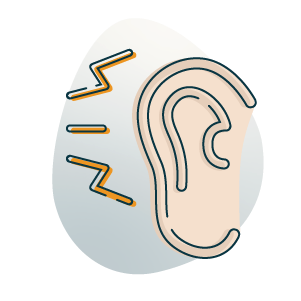
AC makes loud noises when it runs
If you hear unusual noises when your AC system is running — clanking, rattling or squealing, to name just a few — it’s important to call for professional HVAC service to find out what’s wrong.
Request Professional Air Conditioner Repair Now
When you have to have air conditioning service without delay, reach the HVAC repair professionals at The Frazier Company. We’ll speedily identify the issue when your AC won’t run or give adequate cool air.



